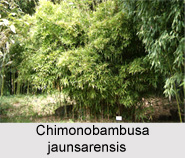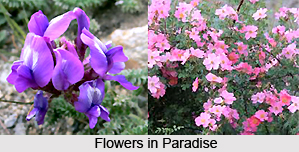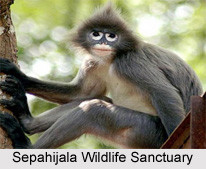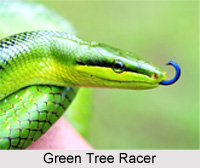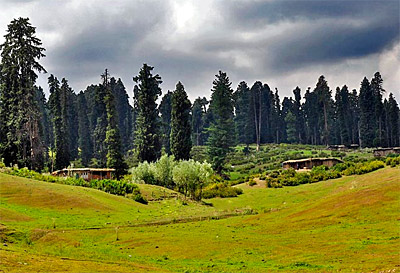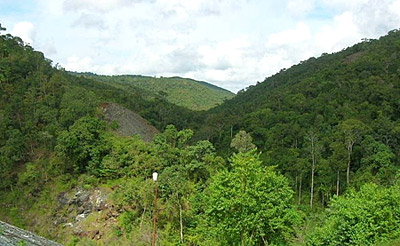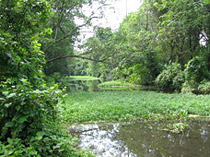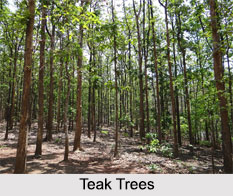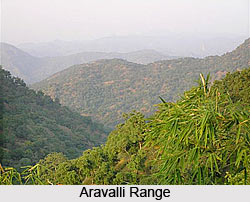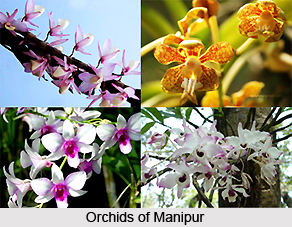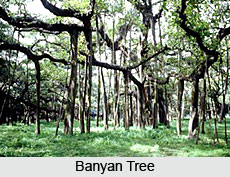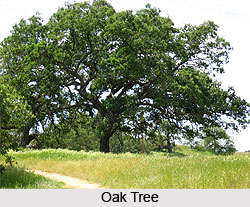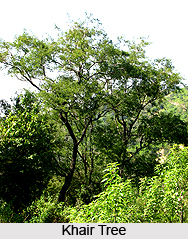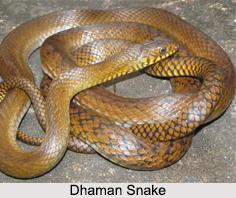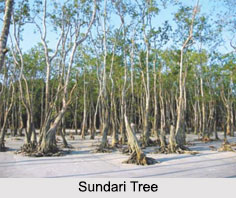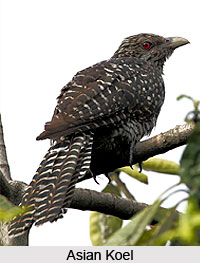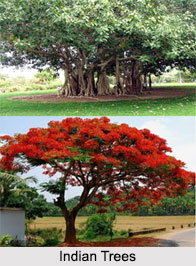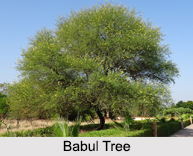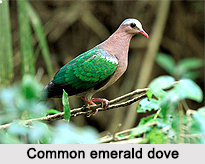 Common Emerald Dove is a pigeon. This bird is a widespread resident breeding bird in the tropical and sub-tropical parts of the Indian Subcontinent and east through Myanmar, Thailand, Malaysia, the Philippines and Indonesia, to northern and eastern Australia.
Common Emerald Dove is also known by the names of Green Dove and Green-Winged Pigeon. Common Emerald Dove is the state bird of Tamil Nadu.
Common Emerald Dove is a pigeon. This bird is a widespread resident breeding bird in the tropical and sub-tropical parts of the Indian Subcontinent and east through Myanmar, Thailand, Malaysia, the Philippines and Indonesia, to northern and eastern Australia.
Common Emerald Dove is also known by the names of Green Dove and Green-Winged Pigeon. Common Emerald Dove is the state bird of Tamil Nadu.
Concentration of Common Emerald Dove
Common Emerald Dove has a number of subspecies, with three existing in Australia, longirostris from the Kimberly, Western Australia to Cape York Peninsula, chrysochlora from Cape York Peninsula to southern New South Wales as well as Norfolk Island and Lord Howe Island, and natalis from Christmas Island.
Residence of Common Emerald Dove
Common Emerald Dove is a common species in rainforest and similar dense wet woodlands, farms, gardens, mangroves and coastal heaths.
Nests of Common Emerald Dove
Common Emerald Dove builds a scant stick nest in a tree up to five metres and lays two cream-coloured eggs. Breeding tends to occur in Australia spring or early summer in south-eastern Australia and late in the dry season in northern Australia.
Flight of Common Emerald Dove
The flight of Common Emerald Dove is fast and direct, with the regular beats and an occasional sharp flick of the wings which are characteristic of pigeons in general. It often flies low between the patches of dense forest it prefers, but when disturbed will frequently walk away rather than fly. They are particularly good weavers when flying through forests. When flying, they expose a buff under wing and a chestnut colour of their flight feathers.
Structure of Common Emerald Dove
Common Emerald Dove is a stocky, medium-sized pigeon, typically 23 to 28 centimetres (10 to 11.2 inches) in length. The back and wings are bright emerald green. The flight feathers and tail are blackish, and broad black and white bars show on the lower back in flight. The head and under parts are dark vinous pink, fading to greyish on the lower belly. The eyes are dark brown, the bill bright red and legs and feet rufous.
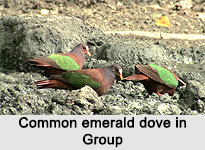 Behaviour of Common Emerald Dove
Behaviour of Common Emerald Dove
Common Emerald Dove usually occurs singly, in pairs or in small groups. They are quite terrestrial, often searching for fallen fruit on the ground and spending little time in trees except when roosting. Common Emerald Doves eat seeds and fruits of a wide variety of plants and are generally tame and approachable.
Call of Common Emerald Dove
The call of Common Emerald Dove is a low soft moaning cooing consisting of about six to seven coos starting quietly and rising. They also call a nasal "hoo-hoo-hoon". The males of Common Emerald Dove perform a bobbing dance during courtship.
